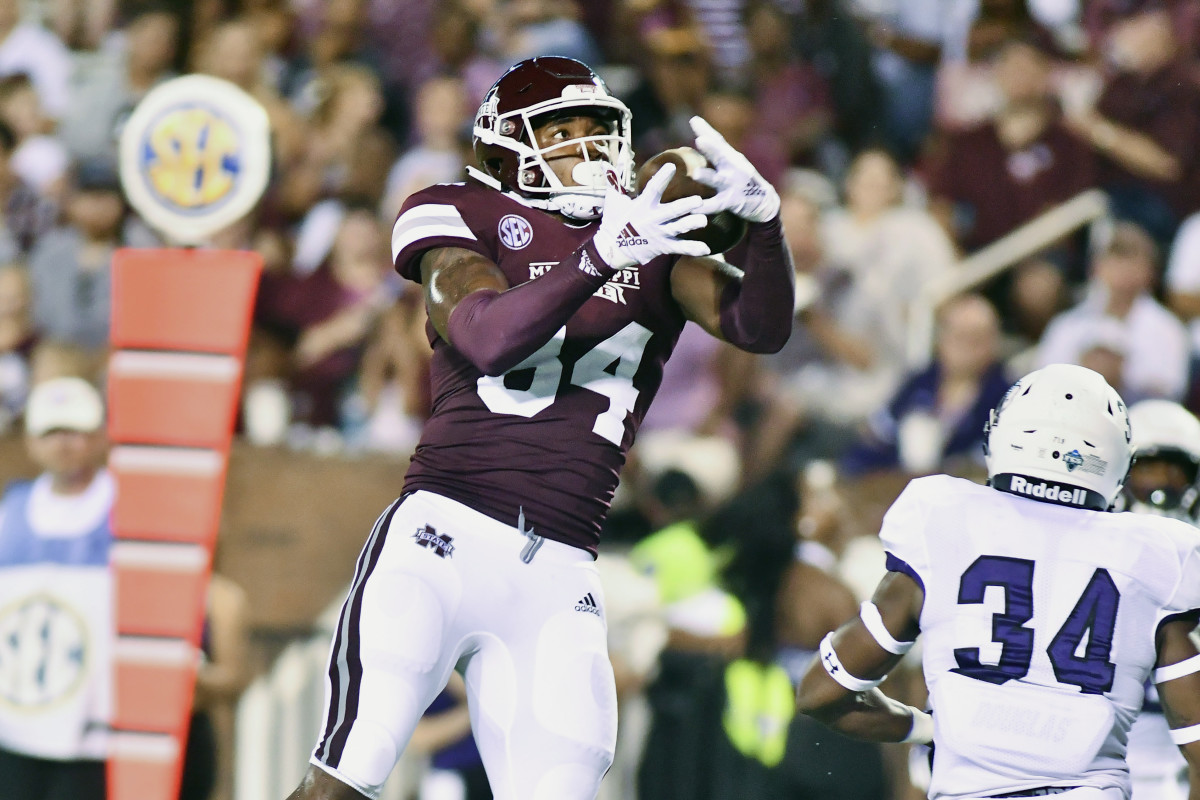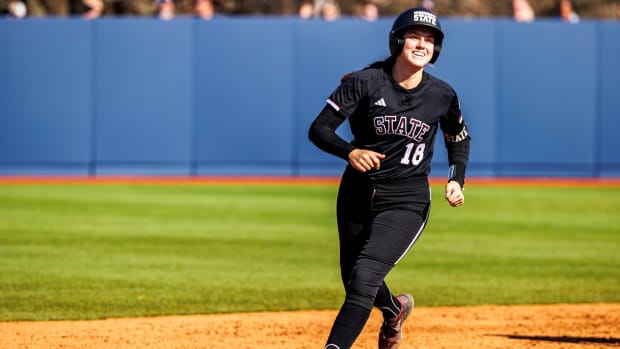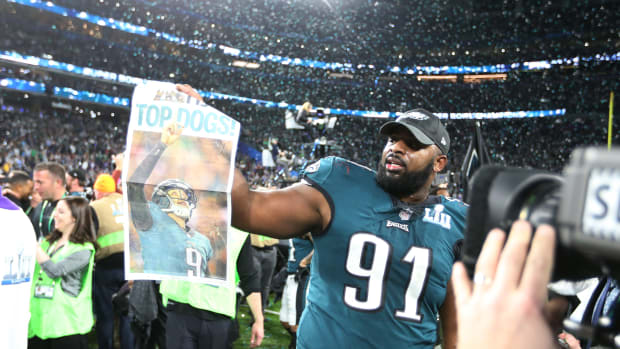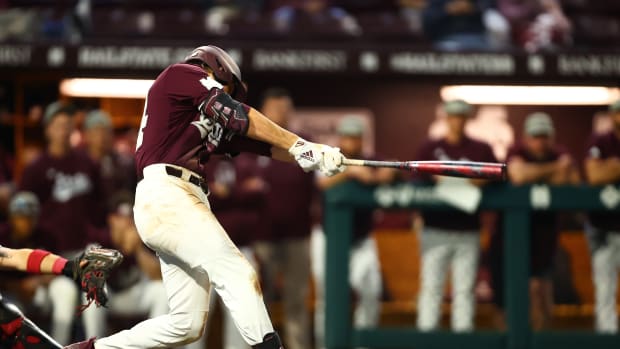Where will State’s tight ends fit in Mike Leach’s air raid?

Zero. Not one. Nada.
That’s how many tight ends were on new Mississippi State head coach Mike Leach’s Washington State roster last season. And the year before that one, and the year before that one and the year before that, too.
If you scroll back through Leach’s rosters of the last half decade, you have to go all the way back to 2015 before you’ll see the letters ’TE’ pop up.
In the world of the Leach air-raid offense, it’s a rare sight to have a productive tight end. That spot generally goes to a smaller, faster wide receiver.
Now here’s one of the issues facing Leach as he gets ready to coach the Bulldogs in 2020. He’s inheriting a team that has a number of tight ends that caught passes last year. Do they fit in at all with what Leach wants to do in Starkville?
The first inclination is to look at Leach’s recent rosters and say, ‘Nope’. However never say never.
“I am interested to watch it unfold and to see how we use those guys because we’ve got two or three guys I think are pretty talented in there and they know how to play football and get open and catch, so there’s value to those guys,” MSU wide receivers coach Steve Spurrier, Jr. said. “I’m interested to watch how we use them and just watch where we place them and watch how the offense kind of evolves around those guys.”
Geor’quarius Spivey, Brad Cumbest and Dontea Jones are all tight ends back with MSU for 2020. Those three guys all caught at least two passes each a season ago. Jones hauled in six passes for 44 yards. Spivey caught three for 32 yards and Cumbest two for 16.
For Spivey, Cumbest and Jones to thrive under Leach, those numbers will almost assuredly have to go up dramatically. They’ll have to prove to their new head coach they are much more than a big body.
“Tight ends are a blast if you have them," Leach said in an ESPN article back in 2017. "If you have a true tight end – and I mean a true tight end – then life is good. God didn't make very many true tight ends. Just go to the mall and the big long-armed guys you see at the mall – you'll see a couple, but most of them can't run fast and those that can probably can't catch. So there's not very many of them."
Here’s where Spivey, Cumbest and Jones can all take some solace. They have a track record of being big, long-armed guys that CAN catch. Take a look at the high school numbers the trio put up.
In Spivey’s senior year at Richwood High in Louisiana in 2017, he caught 33 passes for 981 yards and nine touchdowns. While he was doing that, Cumbest was at East Central High School in Hurley gathering in 36 receptions for 784 yards and nine scores of his own.
Jones was actually a bonafide wide receiver in high school at Louisville up through his junior year (he played his senior season as a tight end at Jireh Preparatory Academy in North Carolina). In his final year as a wideout at Louisville, Jones caught 43 passes for 774 yards and 11 touchdowns.
Spivey, Cumbest and Jones will almost assuredly need to turn back the clock and be similar to the pass catchers they were in their prep days if they want to get on the field and produce under Leach.
Make no mistake about it though, again, it’s rare to see a true tight end excel in Leach’s air raid.
According to ESPN, from 2012 through 2016 at Washington State, Leach had a tight end on the field for just 2.5 percent of his team’s offensive snaps. That was the lowest total among all Power 5 schools. Given how, as stated earlier, he never had a tight end on his roster again past 2015, that 2.5 percent number continued to shrink in recent years.
Still, Leach has in the past taken advantage of talented tight ends when their skill levels fit.
“When I was with Coach Leach at Oklahoma in 1999, we had several good ones and we played in two-tight-end personnel a lot of snaps that year,” Spurrier Jr. recalled of his time as wide receivers coach with the Sooners when Leach was the offensive coordinator.
According to sports-reference.com, Oklahoma had three tight ends with at least eight catches in ’99. Trent Smith led the group with 21 catches for 203 yards. Chris Hammons wasn’t far behind with 18 receptions for 175 yards. Matt Anderson also had eight catches for 99 yards.
The takeaway? If you can contribute as a tight end, you will absolutely play. But Leach isn’t going to run a tight end out there just to have one.
“You desperately want that big-body guy that can block but also catch balls and is big enough that he's a mismatch on the strong safety but nifty enough that he's a better athlete than the linebacker," Leach said in the ESPN article from three years ago. "So you're constantly looking for those guys and the trouble is, as you're sitting there pushing it too far, pretty soon you end up playing the third-team guard that can sort of catch, but all he is the third-team guard. Well if he's the third-team guard, what business does he have playing tight end? In my opinion, none."
Spivey, Cumbest and Jones have all shown glimpses of being the versatile tight ends that Leach has found ways to mix into his offense in the past. Perhaps it could even be with a ‘WR’ label instead of ’TE’ in this coming year’s game program, but it sure seems like they’ll all get their chance to show they can indeed be valuable tools in the Leach air raid.
“The most talented guys, we’re going to find a way to get those guys on the field and let them play,” Spurrier Jr. said.





